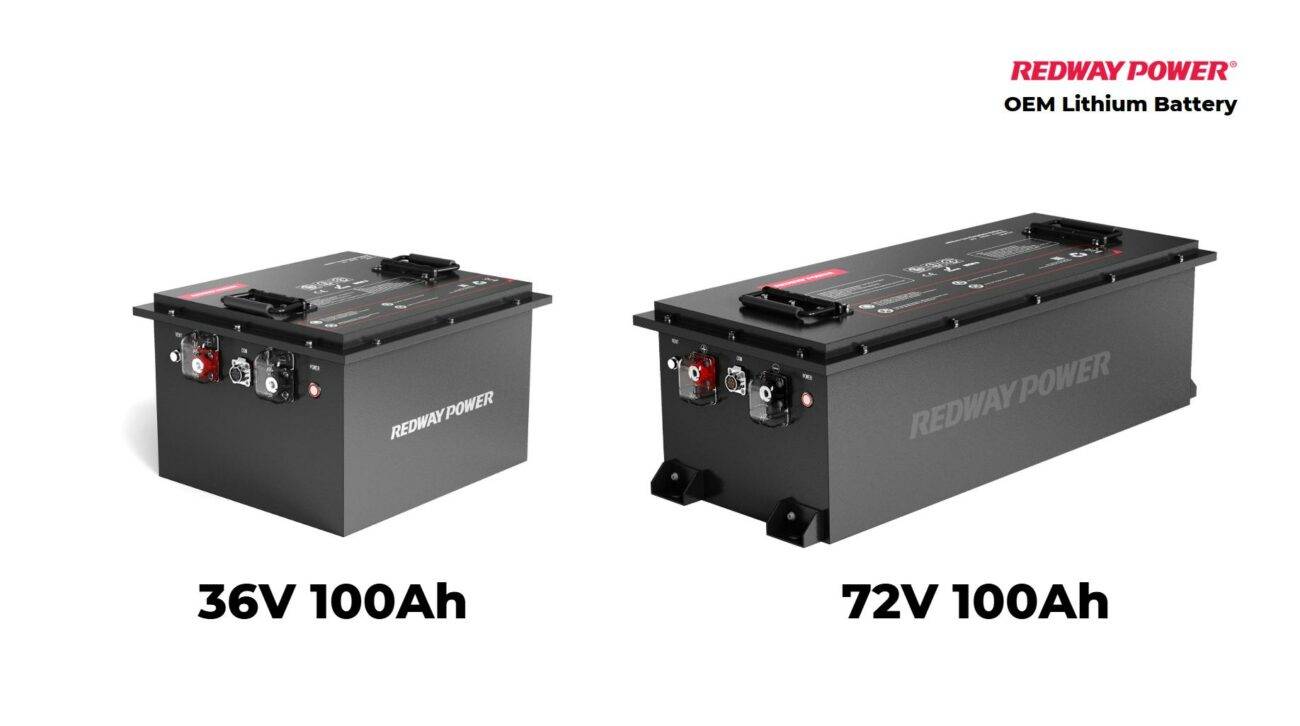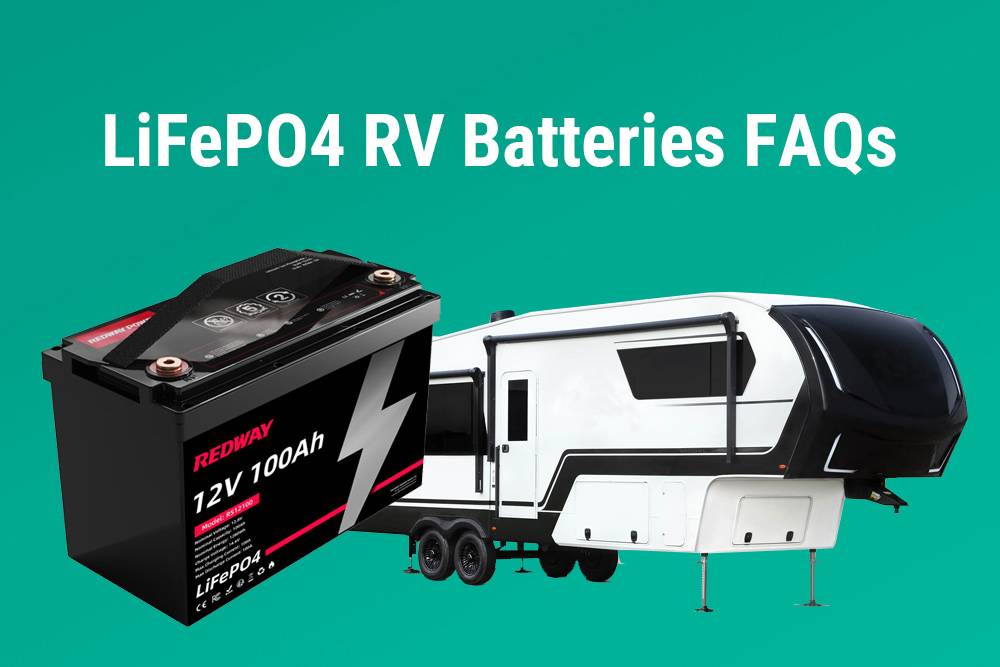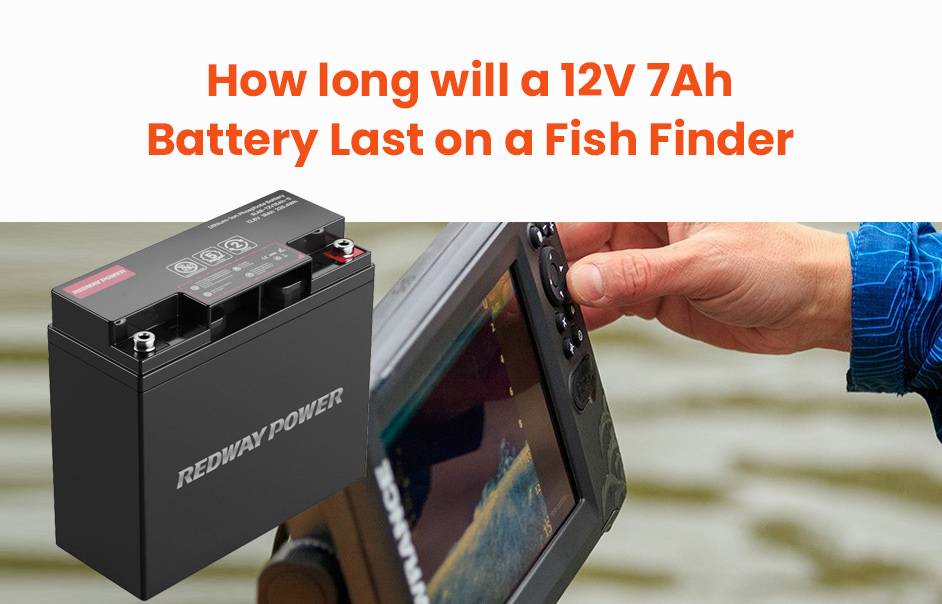- Forklift Lithium Battery
- Golf Cart Lithium Battery
- Rack-mounted Lithium Battery
51.2V 100Ah Rackmount LiFePO4 Battery
8000 times (80% DOD 0.5C)
Optional SNMP for TELECOM - Car Starter Battery
- 12V LiFePO4 Battery
12V 150Ah Lithium RV Battery
Bluetooth App | Self-heating
LiFePO4 | Group 31
UL 1642 | IEC 62619 - 24V LiFePO4 Battery
- 36V LiFePO4 Battery
- 48V LiFePO4 Battery
- 60V LiFePO4 Battery
60V 100Ah Lithium Battery (AGV, AMR, LGV)
Peak Discharge Current 400A
500 x 298 x 349 mm - 72V~96V LiFePO4 Battery
72V 100Ah Lithium Golf Cart Battery
Peak Discharge Current 315A (10S)
740 × 320 × 246 mm - Wall-mounted Lithium Battery
51.2V 100Ah 5kWh
Wall-mounted Battery532 x 425 x 170 mm / LiFePO4
>8000 Cycles (80% DOD 0.5C)
RS485 / CAN-bus
for Solar Home ESS - Home-ESS All-in-One
51.2V 32kWh
All-in-On HESS SystemPowerAll
51.2V / LiFePO4
>8000 Cycles (80% DOD 0.5C)
RS485 / CAN-bus / WiFi
All-in-One for Home ESS
What Are BCI Group 49 Batteries and Where Are They Used?
BCI Group 49 batteries are heavy-duty lead-acid batteries designed for vehicles requiring high power and durability, such as RVs, marine crafts, and commercial equipment. They feature standardized dimensions (20.6″ L x 6.8″ W x 8.9″ H) and deliver 80-100 Ah capacity, making them ideal for deep-cycle applications. Common uses include backup power for auxiliary systems and engine starting in large vehicles.
12V 400Ah Lithium Battery (Group 8D)
How Do BCI Group 49 Batteries Compare to Other Group Sizes?
BCI Group 49 batteries are larger than Group 24/27 models but smaller than industrial Group 31 sizes. They provide 20% more reserve capacity than Group 27 and support higher cold-cranking amps (CCA) compared to marine batteries. Their dual-terminal design allows simultaneous connections for starter motors and accessory systems, unlike single-purpose automotive batteries.
| Group Size | Capacity (Ah) | CCA Range | Typical Use |
|---|---|---|---|
| 24 | 70-85 | 600-800 | Passenger Vehicles |
| 49 | 90-100 | 800-1000 | RVs/Marine |
| 31 | 105-125 | 950-1150 | Industrial |
This size comparison becomes critical when retrofitting older vehicles. For instance, upgrading from Group 27 to 49 in a marine application typically requires verifying tray dimensions and terminal positions. The increased plate thickness in Group 49 batteries also provides better vibration resistance for off-road equipment compared to smaller counterparts.
How to Maintain and Prolong BCI Group 49 Battery Life?
Maintain 12.4-12.7V resting voltage using smart chargers with desulfation modes. Clean terminals quarterly with baking soda solutions to prevent corrosion. Avoid discharging below 50% capacity—deep discharges below 10.5V permanently damage plates. In cold climates, use insulation blankets to retain optimal operating temperatures (-20°F to 120°F). AGM versions require less maintenance but need voltage-regulated charging.
Seasonal maintenance routines significantly impact longevity. During summer, check electrolyte levels monthly in flooded models, adding distilled water when plates become exposed. Winter demands attention to state-of-charge—batteries left below 75% charge in freezing temperatures risk ice formation. Professional load testing every 6 months helps identify weak cells before complete failure occurs.
What Safety Precautions Apply to BCI Group 49 Batteries?
Wear acid-resistant gloves when handling flooded batteries. Ensure proper venting to prevent hydrogen gas buildup—explosive at 4% concentration. Use torque wrenches to secure terminals at 8-10 Nm, preventing arcing. Never stack batteries horizontally; internal sedimentation causes short circuits. For marine use, install battery boxes meeting ABYC A-30 fire resistance standards.
Emergency protocols require immediate neutralization of acid spills using baking soda solutions. When jump-starting, always connect to engine blocks rather than negative terminals to minimize spark risks. Newer lithium hybrid models eliminate acid hazards but introduce thermal runaway concerns, necessitating specialized circuit breakers and temperature monitoring systems.
“Modern BCI Group 49 batteries now integrate IoT-enabled sensors tracking state-of-charge and sulfation levels in real time. At Redway, we’ve seen a 40% increase in lifespan when users pair these with AI-driven charging systems. The shift to lithium hybrid designs—mixing LiFePO4 and lead plates—is revolutionizing deep-cycle applications without requiring alternator upgrades.”
- Can BCI Group 49 batteries power electric vehicles?
- No—they lack the energy density for EV propulsion but excel as auxiliary power sources.
- Are lithium BCI Group 49 batteries available?
- Yes, but they require modified battery trays and compatible charging systems.
- How long do these batteries typically last?
- 3-5 years in deep-cycle use; up to 8 years with optimal maintenance and partial cycling.






















